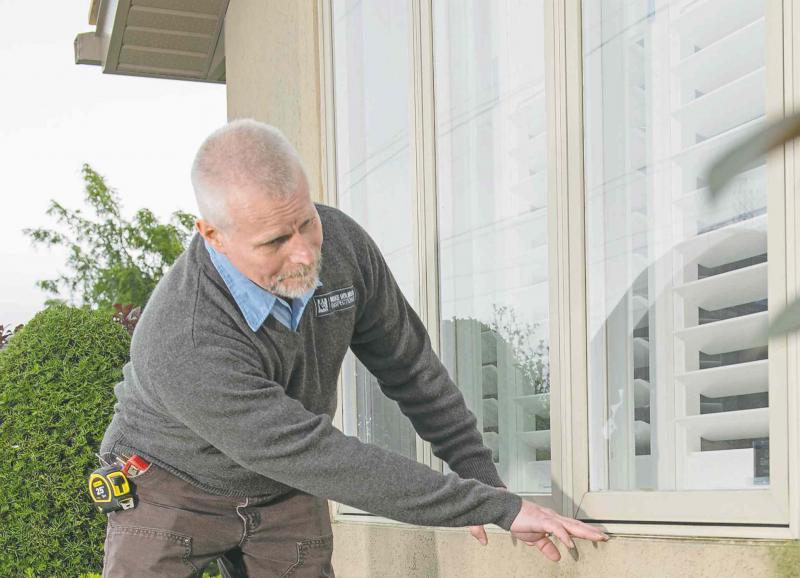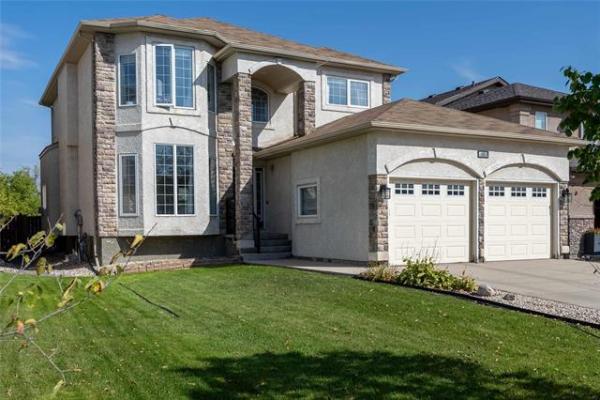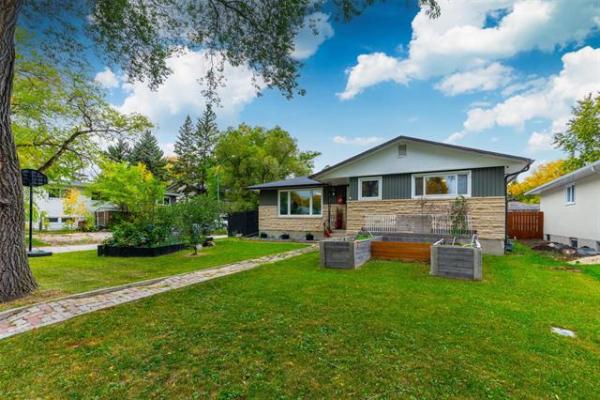Fall season ushers in winter preparation for many homeowners. If you're one of them, the best thing you can do is to get a maintenance inspection.
This way, if you find out you need to fix something such as the roof, insulation or windows you have time to get it done before winter arrives.
I get a lot of questions about home inspections: Are they worth the money? Who should I hire? How can it help? But what people really need to understand is what a home inspection is.
A home inspection is a visual, non-invasive evaluation of the home at the time of inspection -- not six months later or two years after the inspection. Non-invasive means the inspectors can evaluate only the stuff they see. They can't move things, poke behind walls and so on. They can't even move furniture or rugs!
Yes, they should have a ladder to assess the roof. Yes, they should have a flashlight so they can inspect the attic, crawl space and dark corners. But you can't expect a home inspector to find everything that's wrong with a house.
A home has hundreds of different parts. The average home inspection lasts about 2.5 hours -- a really good one lasts about three to 3.5 hours. A home inspector can spend only about 15 minutes on each area, whereas a specialized pro will spend at least a couple of hours on one specific part.
A home inspector is like a family doctor -- they're a generalist, and if they find an issue with a specific part of the house, such as the plumbing, HVAC or venting, they will recommend bringing in a pro who specializes in that area -- just as a doctor would recommend a specialist.
Do you skip the doctor and go straight to the specialist? No, because you need someone who can give you a general idea on the entire system.
And there are things you need to do as the homeowner to get the most out of the inspection. Followup is essential.
The first step is to read the report. Go through it item by item, making sure you understand what everything means. If you don't, call the inspector and ask questions. Pros love to explain and educate, especially to people who want to learn. Every good inspector I know is happy to answer questions.
Next, if the report recommends a more thorough followup inspection on a specific part of the house, get a professional who specializes in that area to come in as soon as possible -- especially if you're thinking of buying the house. Results of that inspection can be a deal breaker.
When a home inspector recommends bringing in a specialist it's because they expect them to find more issues. For example, in older homes issues could include:
* Knob and tube wiring -- some insurance companies might charge a higher premium or refuse to insure the house.
* Lead water supply piping -- it's soft and can get damaged easily. Over time the pipe will erode and can eventually rupture. Also water in the pipe can pickup the lead, which is toxic if consumed.
* Galvanized steel piping -- the pipe will rust, which can lead to rust-coloured water. The rust can also cause low water flow (pressure) or rupture the pipe.
* Vermiculite -- some vermiculite contains asbestos.
* Asbestos -- it's not harmful if left undisturbed, but if you're planning a renovation it must be remediated before work can start, and that can increase the reno cost.
The goal of a home inspection is risk reduction -- it's not a guarantee of no problems. I always tell homeowners to get a home inspection, especially when buying a house. Otherwise, you're buying an illusion and asking for trouble.
Watch Mike Holmes on Holmes Makes It Right on HGTV. For more information visit makeitright.ca.




